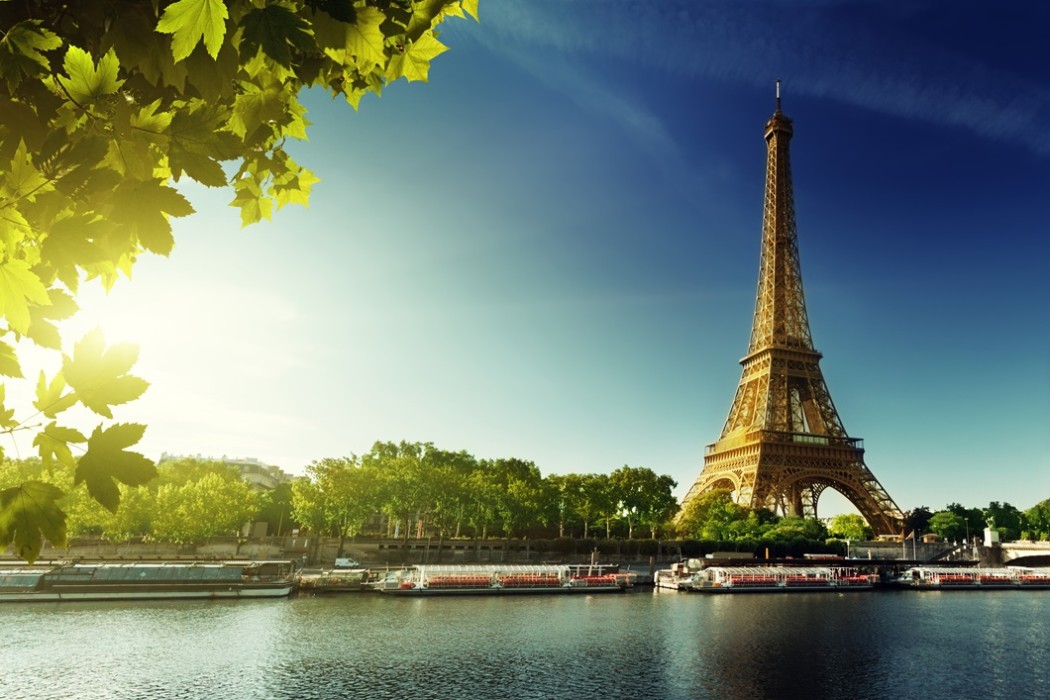Although nature is at the core of our being and every other life-form, plant, tree, soil, water, and rock on Earth, too often our human connections to nature take a backseat to all-too-prevalent interests of every kind that compete for social good and economic gain without the benefit of a land ethic, as espoused by Aldo Leopold.[2] When we look at the varied landscapes on the ground, questions arise as to how well we are actually doing as human beings in our care of this bountiful planet.
If one travels far enough, long enough, one can still find longstanding human communities and cultures living intimately with the natural systems that surround them. Homes in the Amazon are still built on stilts to allow for the annual and seasonal fluctuations of the world’s second-longest river and world’s largest river basin. Homes in the American South have traditionally used the front and wraparound porch to offer shade and some relief from the noteworthy heat and humidity of the summer season, even as it allows for socialization from one neighbor’s house to another, as can be seen any day of the week in Vicksburg, Mississippi, where streets are lined by shotgun houses with shady front porches animated by conversation. Many Scandinavians still artfully use wood and the fine-art craft of notching to create some of the most energy-efficient cabin-homes anywhere, even as Nordic winters are among the most challenging on Earth. And, increasingly, LEED (Leadership in Energy & Environmental Design) initiatives are helping transform the world’s new architecture into energy-efficient structures, from the geothermal-powered Aldo Leopold Center in Baraboo, Wisconsin, winner of a LEED Platinum Award, to the Shanghai Expo UBPA redevelopment, the first project outside North America to receive a LEED Neighborhood Development Platinum Award.
Beyond LEED, landscape architects, planners, ecologists, and others designed the Sustainable Sites Initiative (SITES). Now administered by Green Building Certification Inc., SITES was envisioned as LEED for the outdoors. SITES was developed through pilot projects, including those undertaken by Andropogon, OLIN, and James Corner Field Operations. Pilot projects that received certifications include Andropogon’s Shoemaker Green on the University of Pennsylvania campus and the Phipps’ Center for Sustainable Landscapes in Pittsburgh, Pennsylvania, OLIN’s Washington Canal Park in the District of Columbia, and James Corner Field Operations’ Woodland Discovery Playground at Shelby Farms in Memphis, Tennessee.
Yet with every passing generation that becomes ever more urban, the direct connections to nature and its bounties are reduced in spades. In too many cities around the world, nature is an afterthought.
The essayists in Nature and Cities reveal that monumental work has been done and is ongoing in the ecological design and planning of our cities and communities at large. Because landscape architects, architects, and planners have done so repeatedly and throughout the world, we, as a society, can say with certainty that we know how to work collaboratively with all players to provide safe water, food, and shelter; reduce runoff into city streets; accommodate areas prone to flooding and storm surges; safely locate a utility corridor and design it in such a way that it becomes more than a single-purpose pathway for natural gas obtained by the unruly practice of fracking; design parking lots in commercial developments; provide citizens of the world’s cities with more than a sliver of grass in the seam of a sidewalk; restore and heal worn and contaminated sites; and provide joy and economic vitality through green design and infrastructure.

